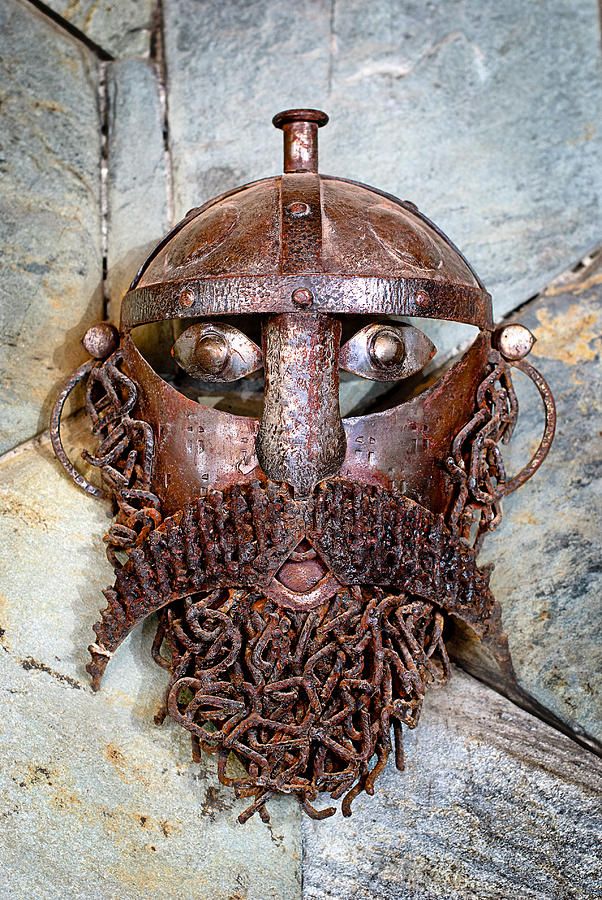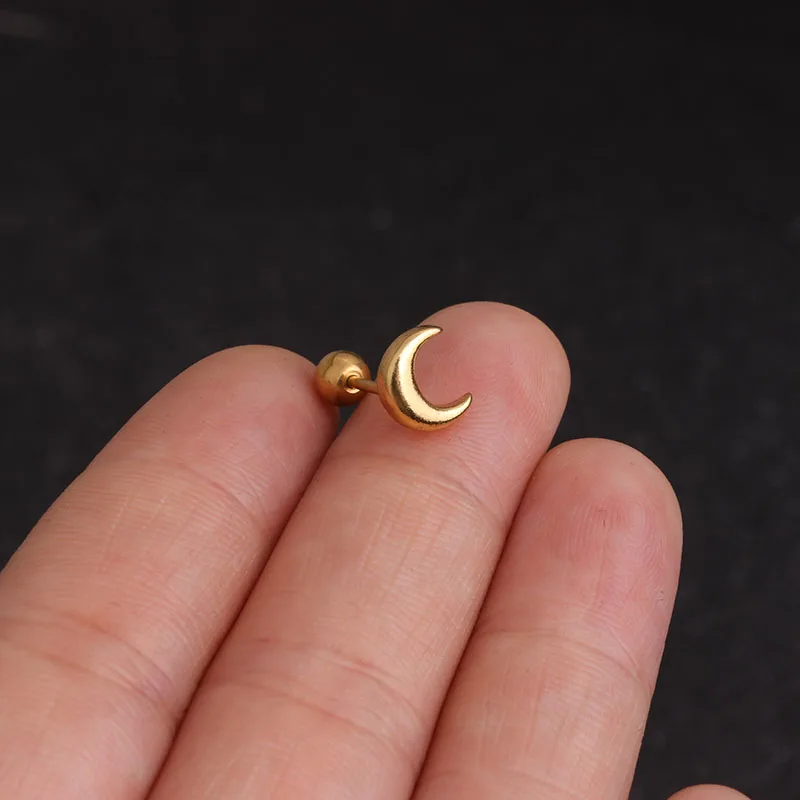

She later developed the Hamot Research Center and spent fourteen years assisting hospital personnel with publication and grants. After completing her PhD at UMass, she began her career as a clinical microbiologist at Hamot Medical Center in Erie, Pennsylvania where she worked for eighteen years. Kuhn is no stranger to product development. An in-house test found that the mask’s cidal activity killed 90% of microbes within five minutes of contact. The mask has a two-year shelf life but its cidal activity never wears out. Unlike the single-use paper facemasks that many people wear during flu season or while traveling, the Well Mask is reusable. The mesh has a 30% open weave to make it easy to breathe through. Today’s Well Mask is made of 99.95% pure copper mesh. Kuhn went through several iterations of the mask before landing on a design that was both practical and comfortable for the wearer. “Literature supports that copper inactivates coronavirus and almost all other respiratory viruses on contact.” - Phyllis Kuhn Kuhn explains, “Literature supports that copper inactivates coronavirus and almost all other respiratory viruses on contact.” Currently, no clinical trials are available on the Well Mask or the CMI and the coronavirus. Copper kills bacteria and inactivates viruses, rendering them harmless. Kuhn thought that copper was the ideal material for a protective mask due to its cidal properties. Upon further investigation, Kuhn found that copper, the killing component of brass, could disinfect itself from microbes within a few minutes. Findings from a student’s research project revealed that brass doorknobs produced scarce growth, whereas stainless steel produced a large number of different types of microbes.

Subsequently, she developed the Copper Mesh Insert (CMI) for use beneath a regular mask, converting it into a cidal-killing and inactivating-mask for extra protection.Ĭopper first piqued Kuhn’s interest early in her career while working as the head of the Hamot Medical Center microbiology department in Erie, Pennsylvania in the 1980s. Two years later, she made what is today known as the Well Mask. To do this, she harnessed the potent sanitation and anti-inflammatory capabilities of an element that was a long-time interest of hers: copper. Therefore, she began her mission to develop a facemask more effective than the standard ones on the market. As a University of Massachusetts Amherst Microbiology MS and PhD holder with decades of experience in medical research, she knew that there had to be a solution. Kuhn estimates that she caught a cold nearly half of the time she traveled by plane, leaving her sick for two to three weeks at a time. Seven years ago, before the coronavirus outbreak spread globally, alumna Phyllis Kuhn saw a need for a product that could keep her healthy while traveling.


 0 kommentar(er)
0 kommentar(er)
